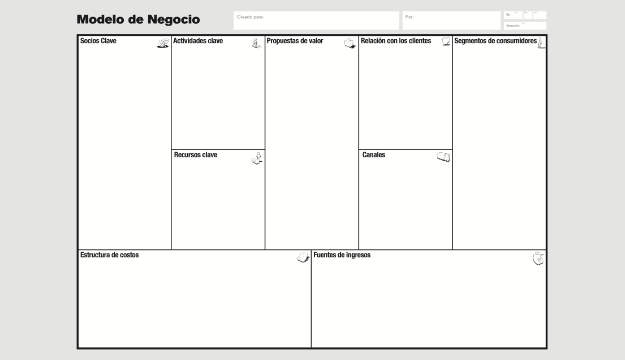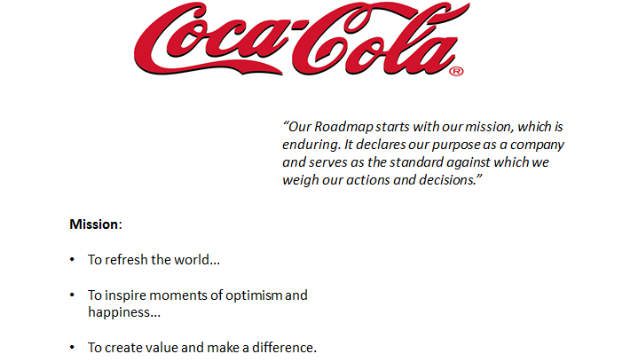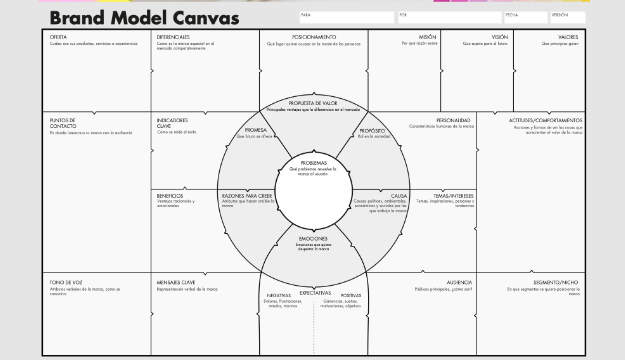
Business Model, the great strategy
Alexander Osterwalder’s Business Model System: An Innovative Approach to Business Success
In today’s world, where competition is fierce and technological changes occur at breakneck speed, clear understanding and sound strategic planning are vital to the success of any business.

In this context, the Business Model system created by Alexander Osterwalder has proven to be a highly effective tool to help organizations develop, analyze and communicate their business models in a coherent and understandable way.
In this article, we will explore the usefulness of this system and how it can benefit companies in their quest for business excellence.
The Osterwalder Business Model system is based on the idea that a business model can be represented visually using nine key components, known as the “Business Model Canvas”.
These components include customer segments, value proposition, distribution channels, customer relationships, revenue sources, key resources, key activities, key partners and cost structure.
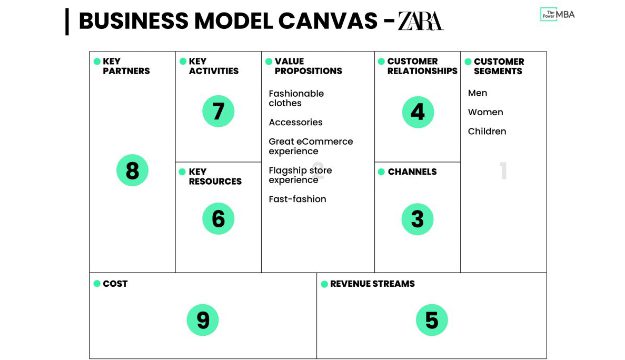
One of the main advantages of the Osterwalder system is its visual and simplified approach.
It allows entrepreneurs and business leaders to have a clear vision of how their business model works as a whole.
By depicting these components on a canvas, companies can quickly identify areas of strength, opportunities for improvement and potential challenges.
This facilitates informed decision making and the implementation of more effective strategies.
In addition, the Osterwalder Business Model system promotes collaboration and effective communication within an organization.
By using a common language and a shared visual format, teams can align their efforts, better understand their role and contribution to the overall business model, and foster creativity and innovation in all areas of the company.
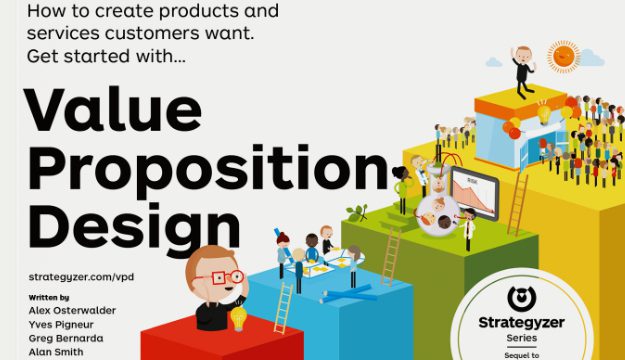
Another key advantage of this system is its adaptability and flexibility. As the business environment is constantly changing, it is essential for organizations to be able to adjust and pivot their business models in an agile manner.
The Osterwalder Business Model system facilitates the identification of areas for improvement and experimentation with new strategies without compromising the integrity of the overall model.
In conclusion, the Business Model system developed by Alexander Osterwalder has become an invaluable tool for companies in search of sound strategic planning and effective execution.
Its visual, simplified and collaborative approach provides a solid foundation for analyzing, communicating and improving business models in a holistic manner.
By enabling clear understanding and agile adaptation, this system has become a reference in the business world and continues to be widely used by entrepreneurs, business leaders and strategy experts.
Ultimately, the Osterwalder Business Model system stands out as an indispensable tool for driving business success in the modern, highly competitive business landscape.















